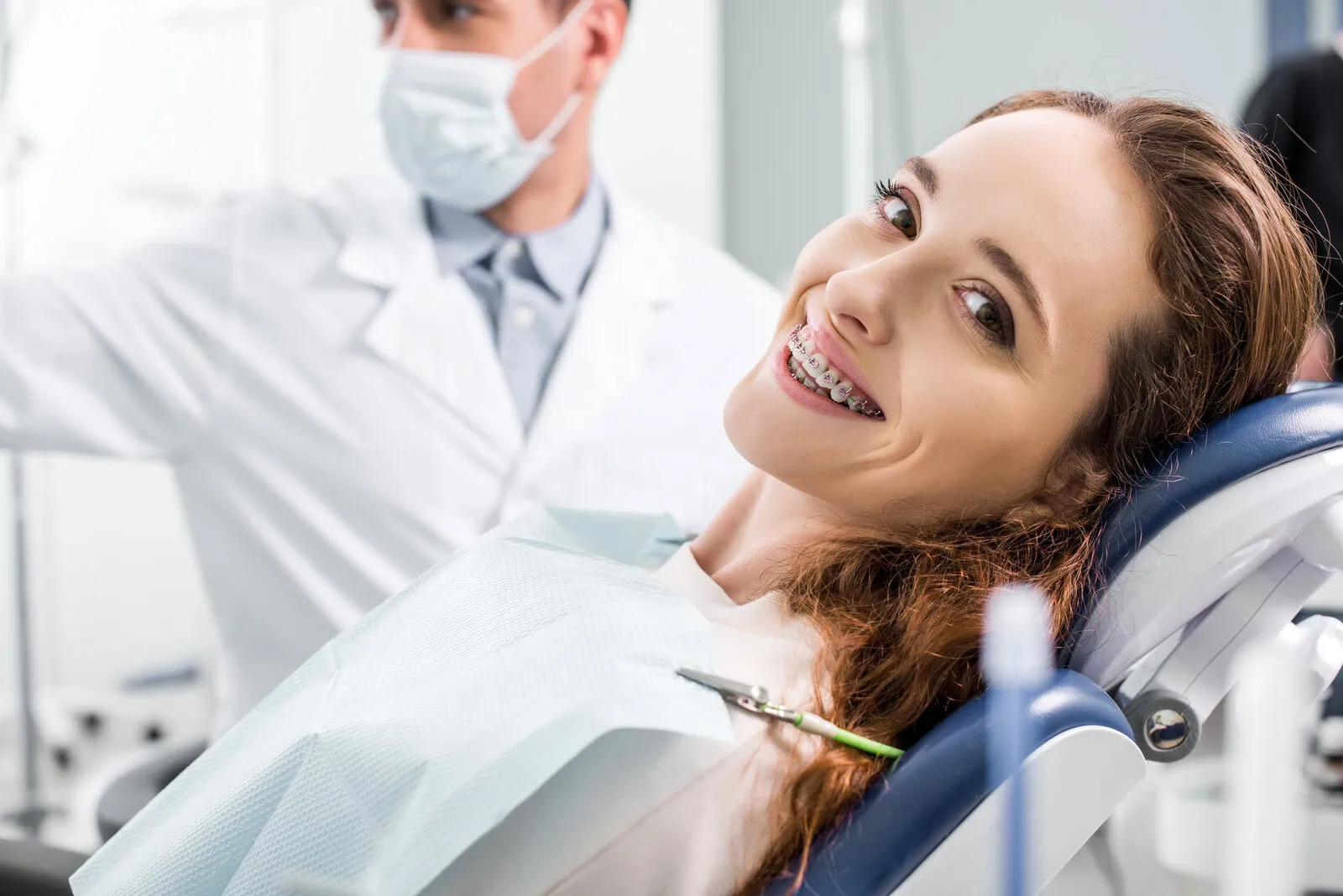Early / Interceptive/ Phase I Treatment
- First consult around age 7 (front permanent teeth erupting)
Seeks to correct:
- Anterior crossbite/underbite (“Bulldog”)
- Posterior crossbite, especially with asymmetry
- Habits (thumb sucking, tongue thrust swallow)
- Impacted front teeth
- Severe crowding overlapping of permanent teeth
- Flared/spaced front teeth (risk f trauma without treatment)
Why early treatment
- Underbites respond better when treated before age 10
- Posterior crossbites can lead to (asymmetry and restrict airway)
- Habits are harder to break the longer they continue
- Decrease the risk of trauma to protruded front teeth
- Increased self-esteem
Risks of early treatment
- Damage to the teeth with poor oral hygiene
- Possibility of future treatment once remaining teeth erupt
Types of early treatment
- Expanders (with facemask if underbite present)
- Habit-breaking appliances)
- Braces (usually limited to permanent teeth)
- Clear aligners (excellent for severe spacing or crowding)
- Retainers with quarterly eruption checks upon completion
Limited / Esthetic Treatment
- Addresses mild concerns, (orthodontic relapse, anterior concerns)
- May involve compromised treatment/bite
- Treatment time is approximately 6-12 months
- Can be done with braces (metal and/or ceramic/clear.
- Retainers will be fabricated to maintain alignment
Comprehensive / Phase II Treatment
- Can begin upon eruption of all or most of the permanent teeth
- Ages 10 to 99
- Younger patients more tolerant of treatment than older ones
- Severe overbites are best treated in adolescence (11 – 14 yes.)
- Can utilize growth to help the bite
- Goal is to improve esthetics and function
- Severe cases may require jaw surgery
- Can be done with braces (metal end /or ceramic/clear) or clear aligners
Advantages of Braces
- Familiarity with braces
- Less patient responsibility
- Can treat all cases
Disadvantages of Braces
- Potential Breakage/Pokey wire
- Hygiene difficulties
- Food Restrictions
Advantages of Aligners
- Esthetics/Hygiene
- Less Frequent Appointments
- Comfort
- Less Restrictive Diet
Disadvantages of Aligners
- 100% Patient Compliance
- Can’t’ be used for impaction
- Limitations with difficulty
- Retainers will be fabricated to maintain alignment



